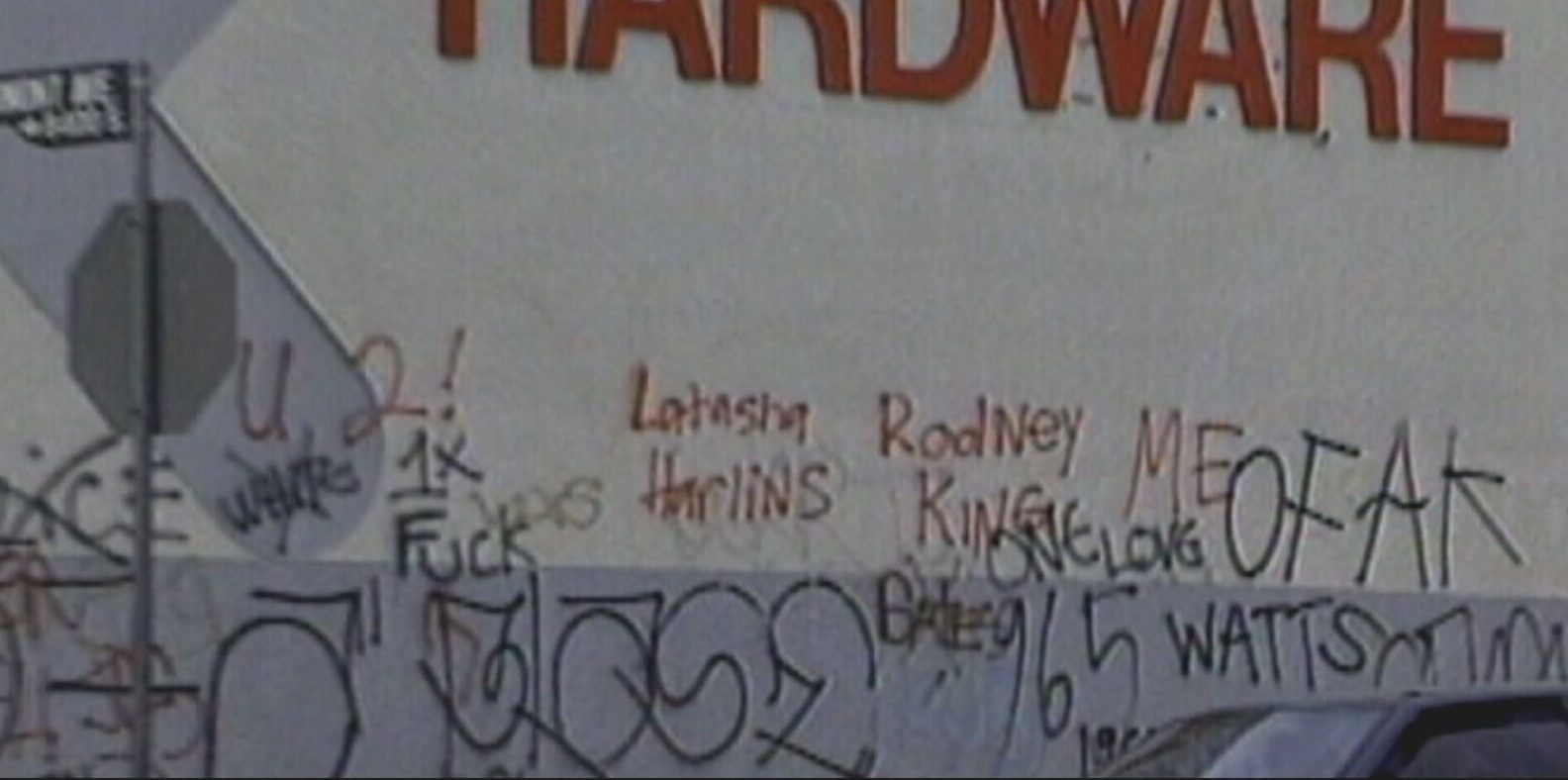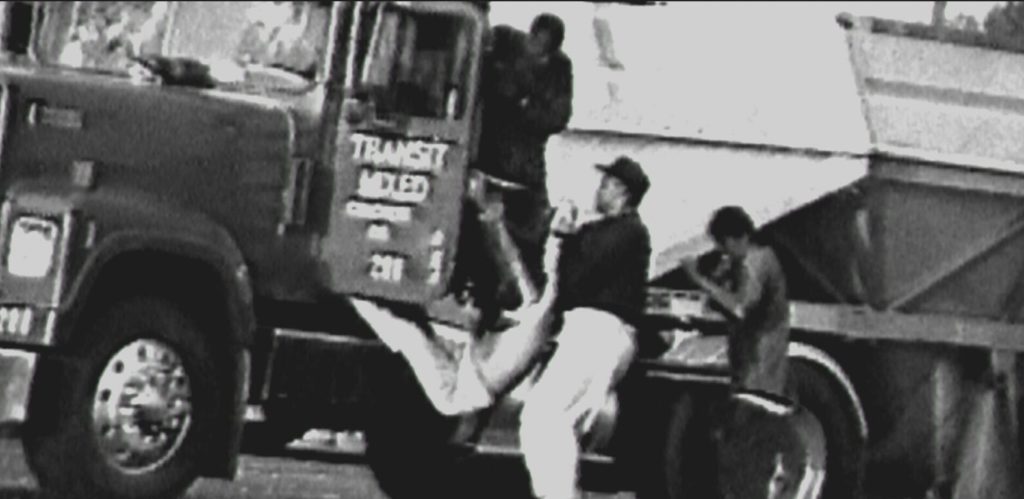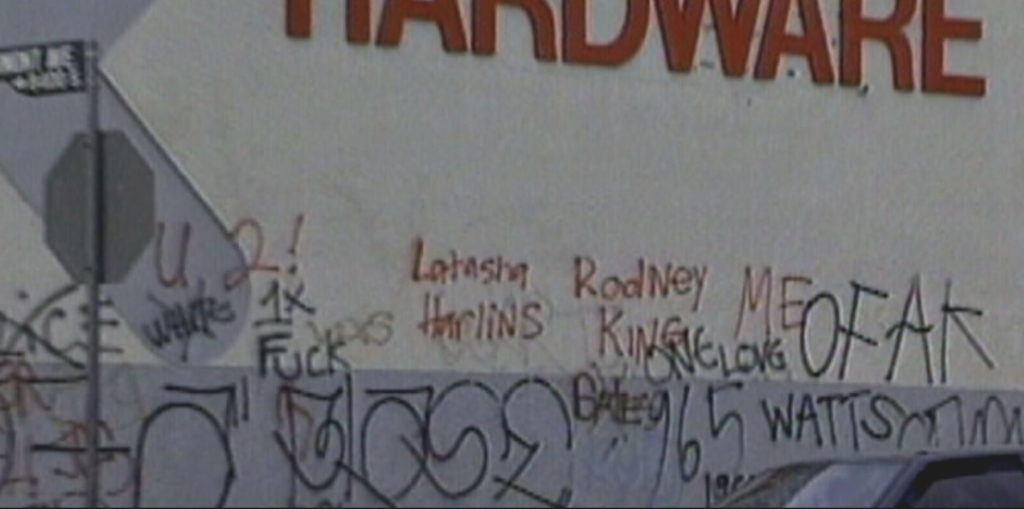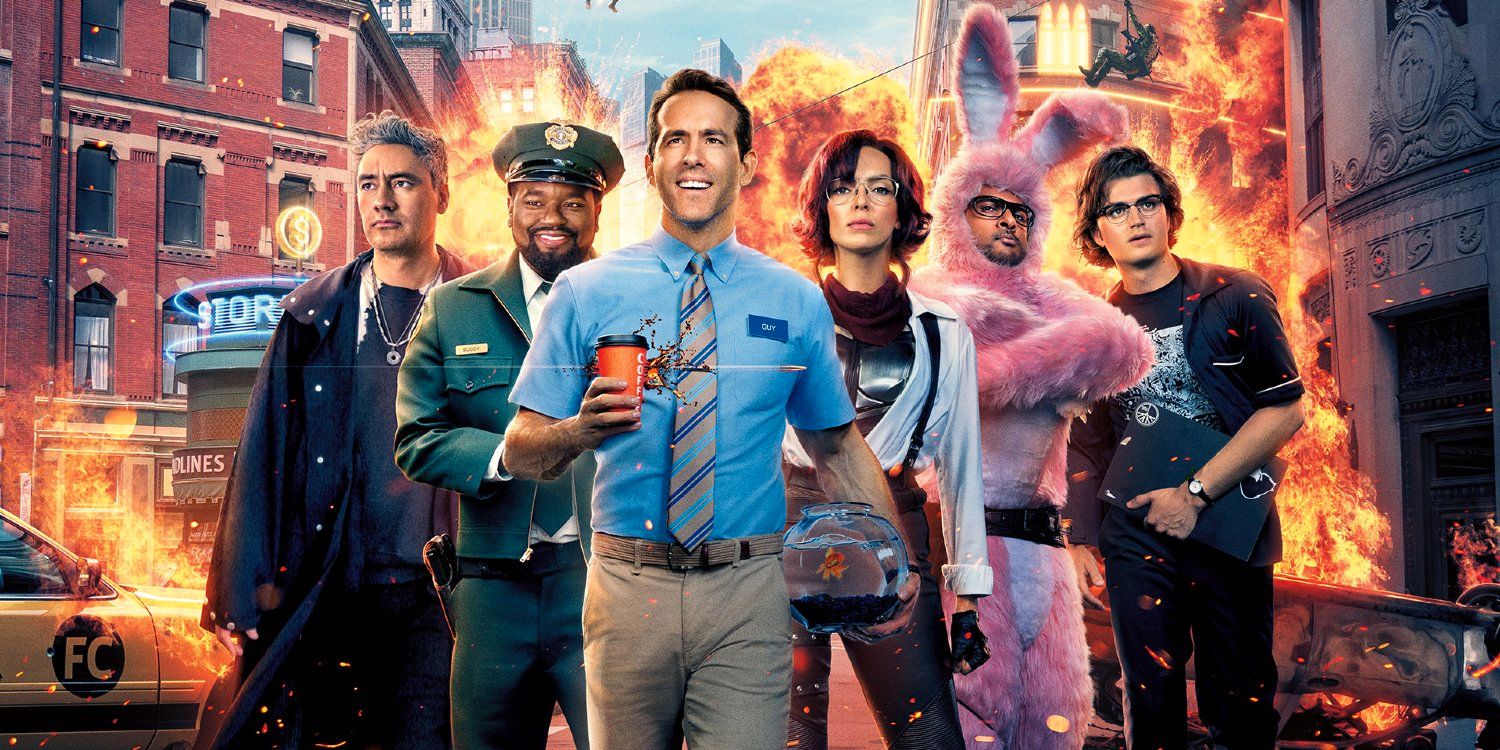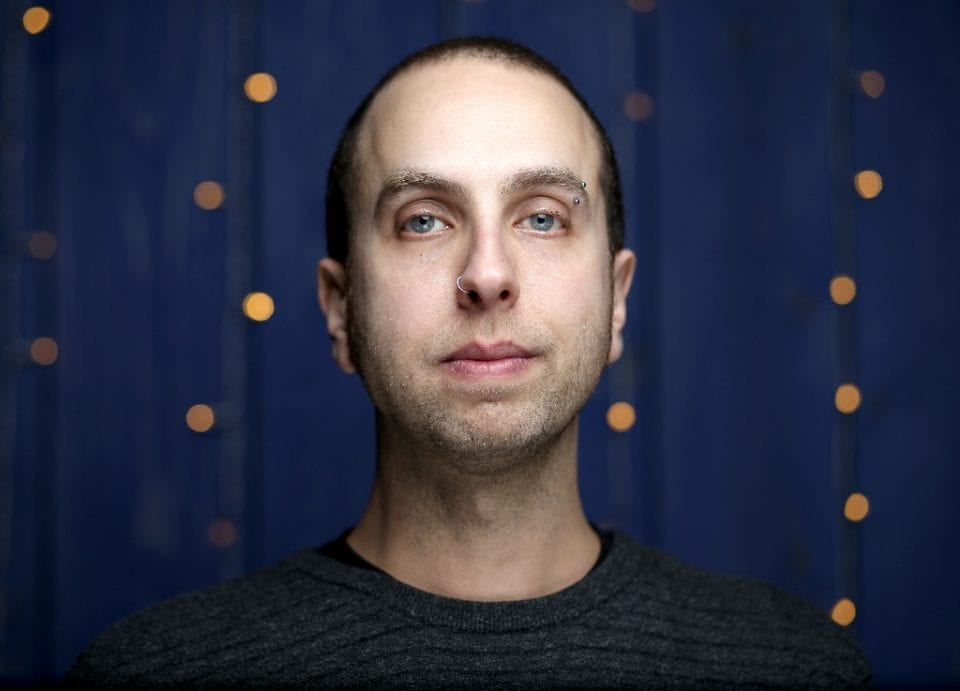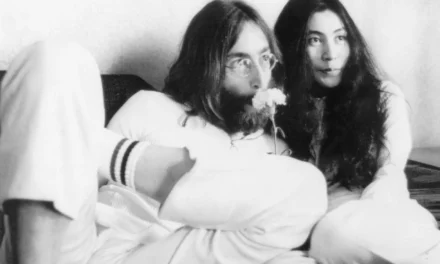It was twenty-five years ago this month that Los Angeles erupted in a violent civil disturbance. Many people remember it as a response to the acquittal of four police officers who were involved in beating Rodney King. While that verdict was an important component of the anger within the African American community, there is much more that led up to the violence that broke out. In Let It Fall: Los Angeles 1982-1992 John Ridley (Oscar winner for his screenplay of 12 Years a Slave) lays out the broader history of those events.
It should be said that I have lived most of my life in the Los Angeles area. The situations that are chronicled in this film aren?t new information for me. But the film is valuable in showing the way things built up over this ten year period to reach an explosive situation. (It could be argued that there were left over issues from the 1965 Watts Riots at play as well, but that would likely be too long a history to distill into a film. Even with the ten year spread, this documentary runs nearly two and a half hours.
The story is told with both archival footage and with interviews of people who were involved. This includes people of various races and ethnicities. It includes police officers (including the lieutenant who made the decision to pull out of the 71st and Normandie area when the uprising was beginning.), community members, victims and their families, and even some of those who committed violent crimes during that time.
As noted, this is the culmination of many years of problems in Los Angeles. About the first third of the film deals with the police culture under then-Chief Darryl Gates. But it was not just policing that created the situation. There were issues between the Black and Korean communities that came to a head not long before the King beating with the killing by a Korean shopkeeper of African American ninth grader Latasha Harlens. The shopkeeper was found guilty of manslaughter and given probation.
The middle third deals with the King beating (referred to in the film as ?The Foothill Incident?) and the trial of the police officers. This section includes the remembrances of the prosecutor of that case. The final third focuses on the civil disturbance itself. This is the part that most people will be familiar with from news reports, but because it includes interviews with some of those involved (both law breakers and those who stepped in to rescue people) it provides insights and perspectives that we might not otherwise know.
Of course, this is not just a history lesson of a turbulent time. The film never mentions more recent issues that have led to Black Lives Matter, but one cannot watch this film and not see today?s world. Certainly, there have been changes in law enforcement (at least in L.A.) since that time, but the underlying issues of race and justice continue to be in the forefront of our national and local contemplation. It may remind us how close we may still be to the possibility of those who feel oppressed rising to seek the justice that has been denied. It may be through protests or through other more violent means.
Photos courtesy of Lincoln Square Productions

